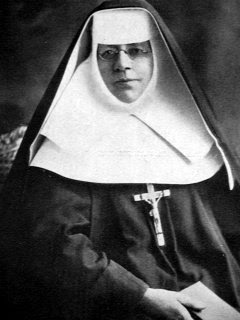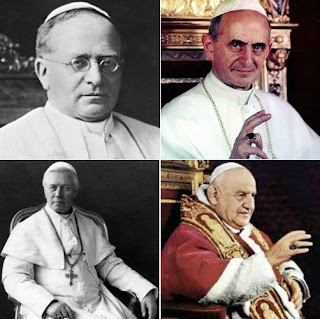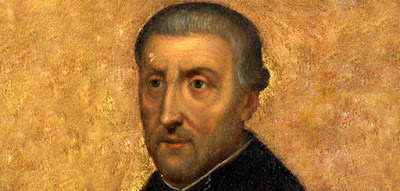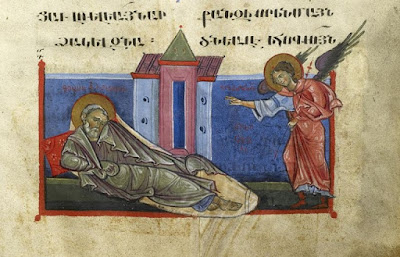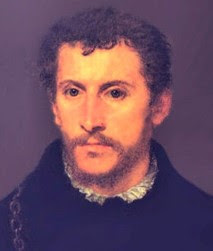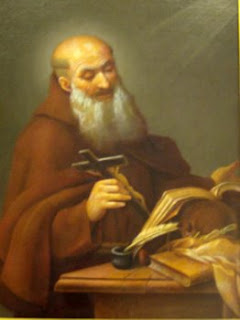Saint John the Baptist de la Salle, Patron of Teachers
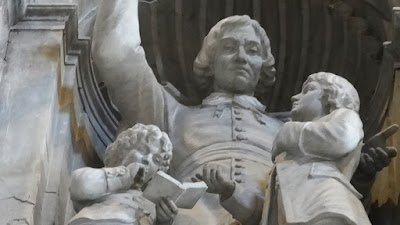
April 7th, is the optional memorial for Saint John Baptist de la Salle. He was born at Rheims, France in 1651, became a member of the cathedral chapter at Rheims when he was sixteen, and was ordained a priest in 1678. Soon after ordination he was put in charge of a girls' school, and in 1679 he met Adrian Nyel, a layman who wanted to open a school for boys. Two schools were started, and Canon de la Salle became dedicated to the field of education. He took an interest in the teachers, eventually invited them to live in his own house, and tried to train them in the educational system that was forming in his mind. This group ultimately left, unable to grasp what the saint had in mind; others, however, joined him, and the beginnings of the Brothers of the Christian Schools was well underway Seeing a unique opportunity for good, Canon de la Salle resigned his canonry, gave his inheritance to the poor, and began to organize his teachers into a religious congregation. Soon, boys from
